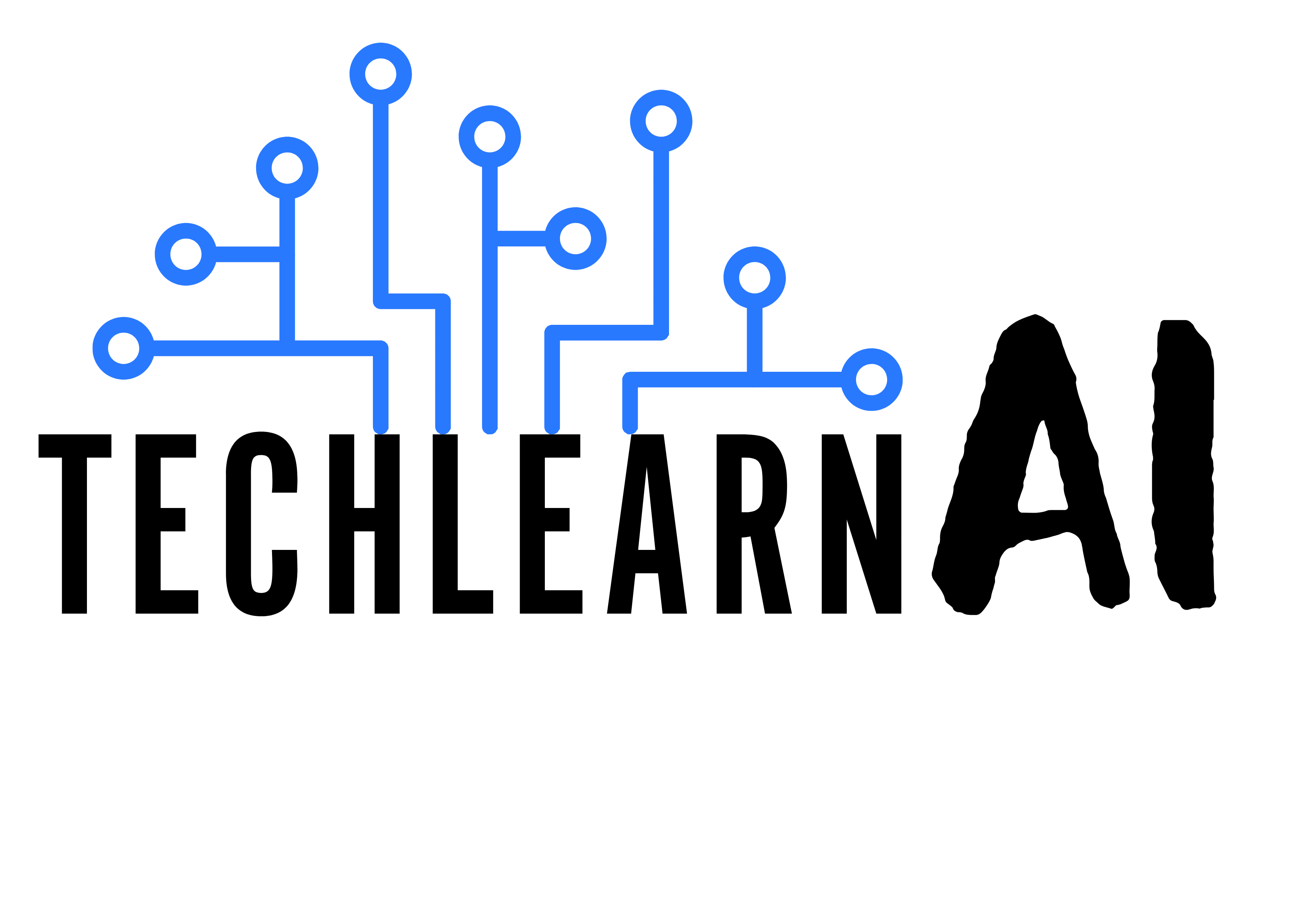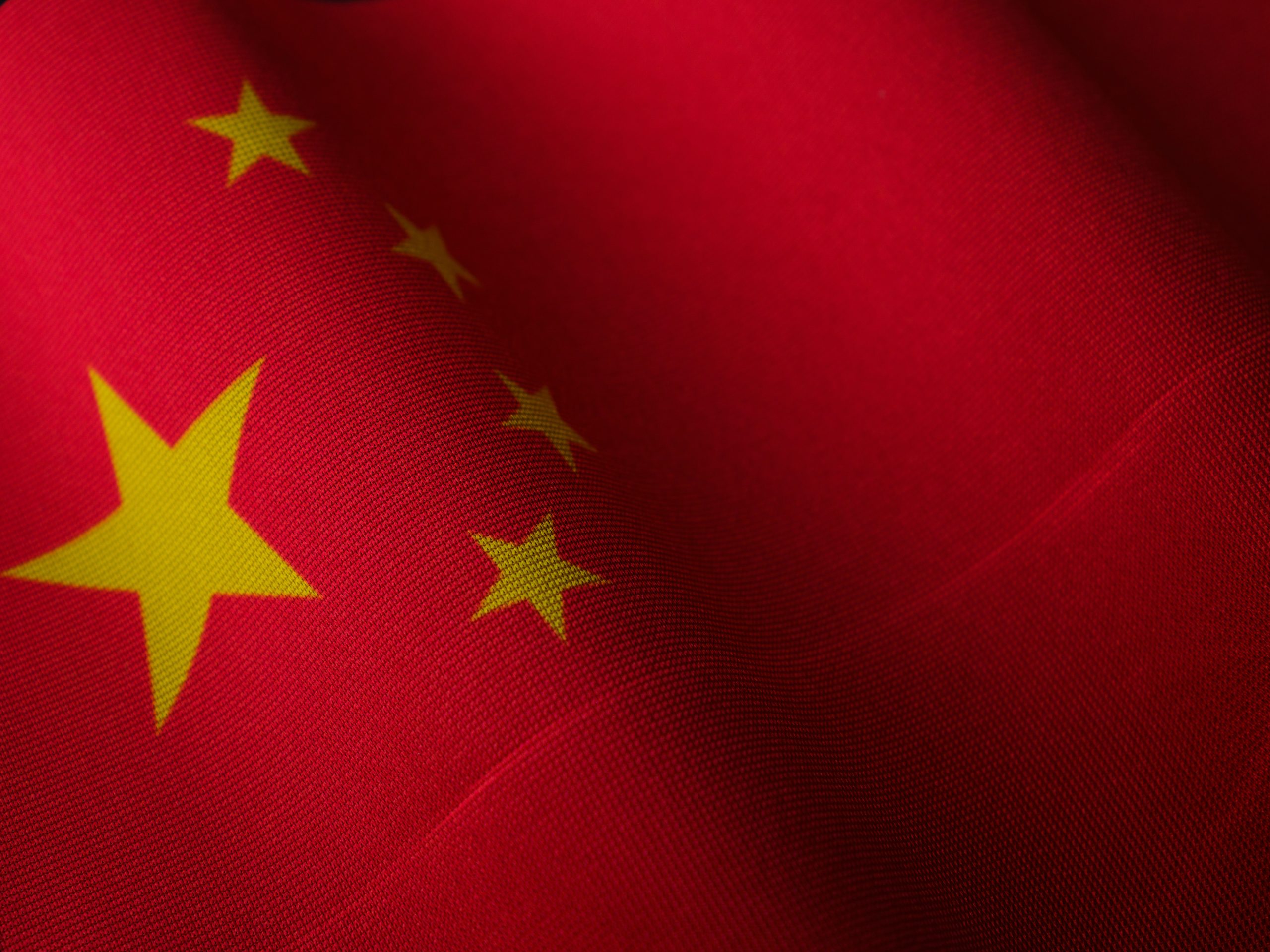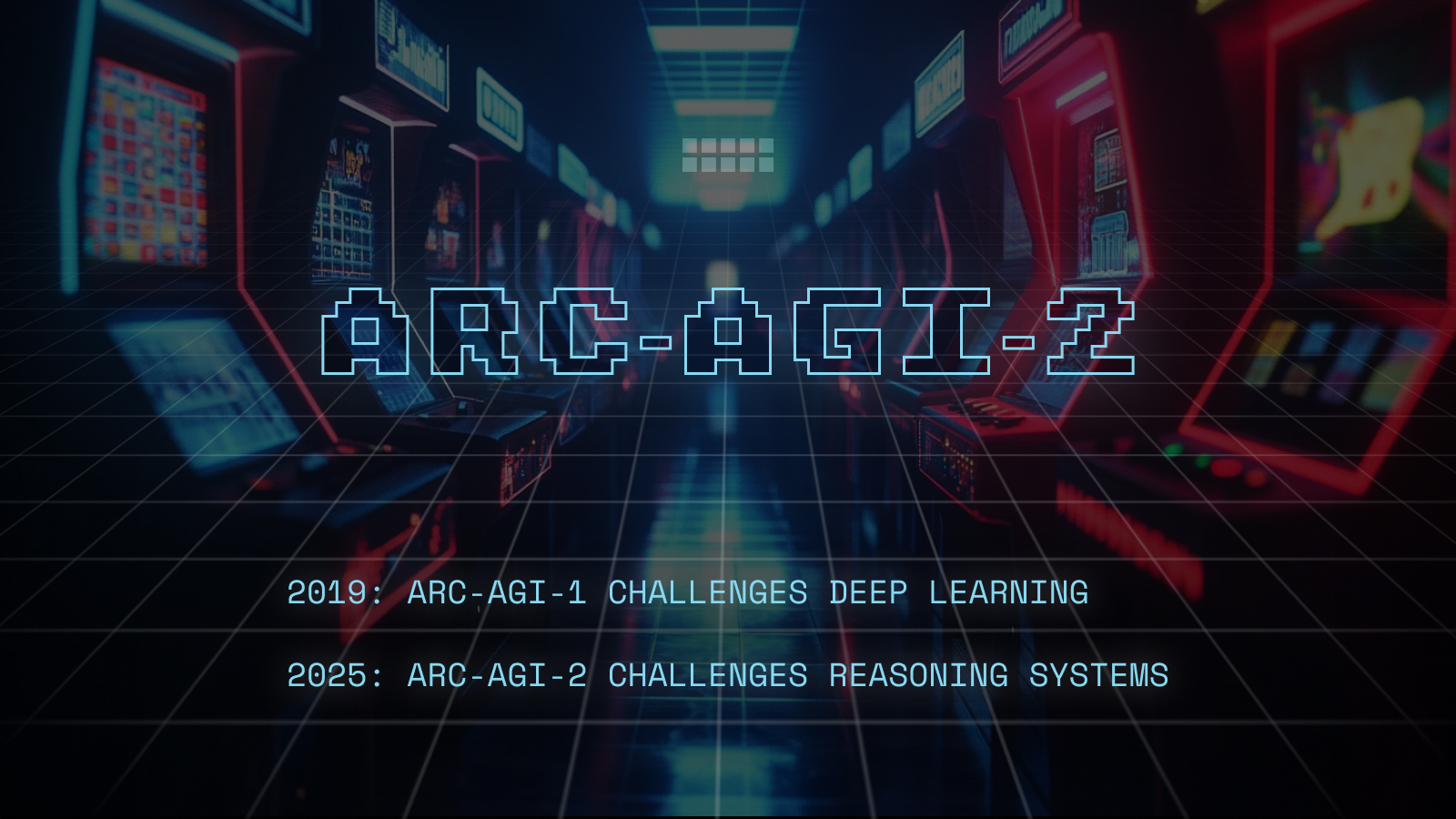The 6th Global Digital Economy Industry Conference 2025 & World AI Industry Exhibition (WAIE) is scheduled from July 30 to August 1 at Shenzhen (Futian) Convention and Exhibition Centre. The event presents an opportunity for manufacturers to find industry partners and collaboration opportunities, and secure domestic and international orders. The Greater Bay Area has a reputation as a place where industries can transform and grow. Its vibrant large economy, global outreach, and important manufacturing capabilities make it the natural centre of innovation and economic growth. As a breeding ground for scientific and technological progress, it’s the place chosen to bring innovators, manufacturers, and heads of industry together under one roof. Now in its sixth year, WAIE 2025 will focus on “Key Technologies for Intelligent Industry,” and be a showcase for a range of products and services that can be demonstrated in real-world, practical scenarios. The Digital Economy: Empowering Intelligent Industry Development WAIE 2025 will showcase a range of solutions including sensor instruments and advanced lasers, industrial optoelectronics, robotics and intelligent factories, industrial internet, software & cloud, and photovoltaic energy storage. The aim is to connect core technologies and new products with industry and supply chains. The Five Exhibition Areas Industrial Chip and Sensor Instrument Expo Intelligent industrial sensors, MEMS sensors, 3D/machine vision, laser radar, sensing elements, light sources, lenses, visual sensing, millimetre wave radar, and instrumentation & measurement. Integrated circuit design: Wafer manufacturing and advanced packaging technology, power device/MEMS sealing and testing, silicon wafer and IC packaging Semiconductors: Materials, electronic core components and parts, associated equipment. Electronic terminal applications: including 5G, human-computer interaction, AIOT, and other related products. Advanced Laser and Industrial Optoelectronics Expo Laser accessories, modules and components, fiber lasers, solid-state lasers, semiconductor lasers, new laser technologies, sheet metal cutting equipment, laser welding equipment, laser cleaning equipment, and material processing systems. Optics: Optical materials, components and elements, optical lenses, precision optical testing and measurement instruments, and optical processing equipment. Robot and Intelligent Factory Expo Industrial Robots: Industrial robot systems, collaborative robots, mobile robots, humanoid robots, robot system integration, machine vision, manipulators, reducers, related machinery devices & components, and auxiliary equipment and tools. Intelligent Factory Production Line: Industrial automation equipment, intelligent factory total solutions, SMT, non-standard automation production lines, dispensers, automated production lines, inspection/instrumentation/testing and measurement technology, intelligent assembly and transfer equipment, reducers, motors, human-machine interface (HMI), motion servos, enclosures and cabinets, embedded systems, industrial power supplies, connectors, electrical equipment, process and energy automation systems, and intelligent factory management systems. Industrial Internet, Software and Cloud Expo Industrial internet platforms including Cloud computing and big data, data centre infrastructure, data analysis and mining. Industrial Internet Network Interconnectivity including communication network services, IDC, CPS, IOT, AI, and Edge computing. Industrial internet security for network and data security Industrial Internet identification and data collection. Industrial software and integrated solutions, including industrial control software, MRO supply chain management, and embedded software. The digital factory, comprising of R&D and product development (CAX/MES/PLM), enterprise resource planning (ERP), mechanical automation, supply chain management, and intelligent factory management systems. Photovoltaic Energy Storage Industrial Application Expo Solar photovoltaic power generation, including PV production equipment, batteries, modules, raw materials, photovoltaic engineering and systems, and photovoltaic application products. Energy storage power generation, including storage batteries, energy storage technology and materials, storage systems and EPC projects, energy storage equipment and components, and storage application solutions. Lithium battery related products and equipment, technical solutions and applications, and energy management. Over 20 forum events WAIE 2025 will host more than 20 forums and summits on the applications of intelligent industrial digitalisation. There will also be award ceremonies, project matchmaking, roadshow presentations, and product launches. The event will feature more than 100 speakers and play host to over 100 experts, scholars, academicians, and entrepreneurs from diverse fields. The event aims to cover all elements of the industry supply chain, promote the development of new technologies and applications, and inject new energy and innovation into the industry. Highlight Focus Summit + Exhibition, to boost brand exposure and customer acquisition. Click to register for WAIE 2025. Source link











